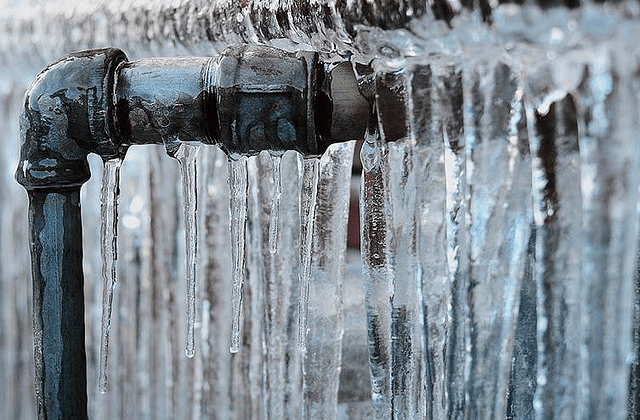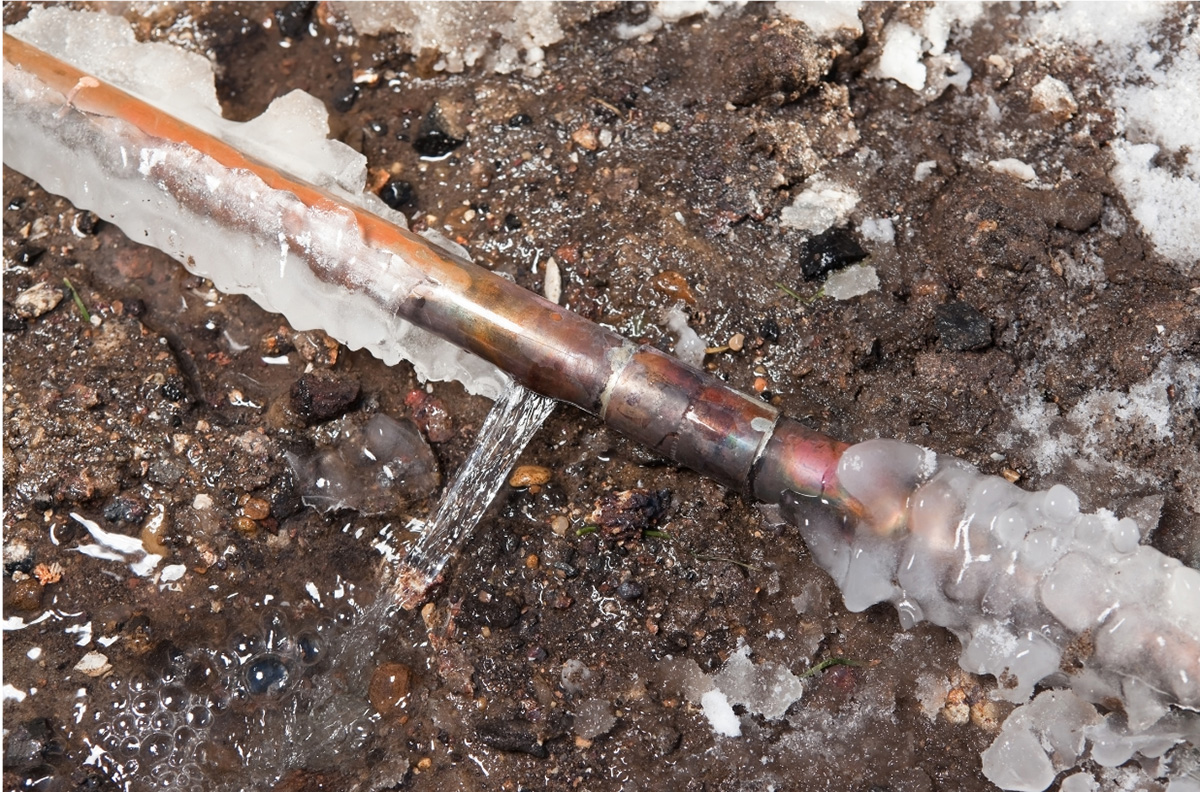Guidance for Avoiding Frozen Pipes in Winter: Expert Tips
Guidance for Avoiding Frozen Pipes in Winter: Expert Tips
Blog Article
Just how do you actually feel with regards to How To Avoid Freezing Pipes?

Winter can wreak havoc on your plumbing, especially by freezing pipelines. Right here's exactly how to prevent it from happening and what to do if it does.
Introduction
As temperatures drop, the threat of icy pipelines boosts, potentially resulting in costly repairs and water damages. Recognizing how to stop icy pipes is essential for homeowners in cool climates.
Avoidance Tips
Protecting vulnerable pipelines
Wrap pipelines in insulation sleeves or utilize warmth tape to secure them from freezing temperature levels. Focus on pipelines in unheated or exterior locations of the home.
Home heating techniques
Maintain indoor rooms sufficiently warmed, especially areas with plumbing. Open up closet doors to allow warm air to flow around pipelines under sinks.
Exactly how to recognize icy pipelines
Look for reduced water flow from faucets, unusual smells or sounds from pipelines, and visible frost on revealed pipelines.
Long-Term Solutions
Architectural changes
Consider rerouting pipelines far from outside wall surfaces or unheated areas. Add extra insulation to attic rooms, basements, and crawl spaces.
Updating insulation
Buy high-grade insulation for pipelines, attics, and walls. Correct insulation aids keep constant temperatures and lowers the danger of frozen pipelines.
Shielding Outdoor Pipes
Garden hoses and exterior faucets
Separate and drain pipes garden pipes before winter months. Set up frost-proof faucets or cover outside taps with protected caps.
Understanding Frozen Pipelines
What causes pipes to ice up?
Pipelines ice up when subjected to temperature levels listed below 32 ° F (0 ° C) for prolonged durations. As water inside the pipelines freezes, it expands, taxing the pipe walls and possibly creating them to break.
Risks and damages
Frozen pipes can cause water supply disruptions, property damages, and costly fixings. Ruptured pipelines can flooding homes and create substantial structural damage.
Signs of Frozen Piping
Recognizing icy pipelines early can avoid them from rupturing.
What to Do If Your Pipes Freeze
Immediate activities to take
If you believe frozen pipes, maintain taps open up to ease pressure as the ice melts. Make use of a hairdryer or towels soaked in warm water to thaw pipes gradually.
Conclusion
Protecting against frozen pipelines requires aggressive steps and fast responses. By understanding the causes, signs, and safety nets, house owners can shield their plumbing during cold weather.
5 Ways to Prevent Frozen Pipes
Drain Outdoor Faucets and Disconnect Hoses
First, close the shut-off valve that controls the flow of water in the pipe to your outdoor faucet. Then, head outside to disconnect and drain your hose and open the outdoor faucet to allow the water to completely drain out of the line. Turn off the faucet when done. Finally, head back to the shut-off valve and drain the remaining water inside the pipe into a bucket or container. Additionally, if you have a home irrigation system, you should consider hiring an expert to clear the system of water each year.
Insulate Pipes
One of the best and most cost-effective methods for preventing frozen water pipes is to wrap your pipes with insulation. This is especially important for areas in your home that aren’t exposed to heat, such as an attic. We suggest using foam sleeves, which can typically be found at your local hardware store.
Keep Heat Running at 65
Your pipes are located inside your walls, and the temperature there is much colder than the rest of the house. To prevent your pipes from freezing, The Insurance Information Institute suggests that you keep your home heated to at least 65 degrees, even when traveling. You may want to invest in smart devices that can keep an eye on the temperature in your home while you’re away.
Leave Water Dripping
Moving water — even a small trickle — can prevent ice from forming inside your pipes. When freezing temps are imminent, start a drip of water from all faucets that serve exposed pipes. Leaving a few faucets running will also help relieve pressure inside the pipes and help prevent a rupture if the water inside freezes.
Open Cupboard Doors
Warm your kitchen and bathroom pipes by opening cupboards and vanities. You should also leave your interior doors ajar to help warm air circulate evenly throughout your home.

I'm just very enthusiastic about Prevent Frozen Pipes and I'm hoping you enjoyed our entry. For those who enjoyed reading our blog posting kindly don't forget to pass it around. Bless you for being here. Please come visit our blog back soon.
Get A Free Quote Report this page